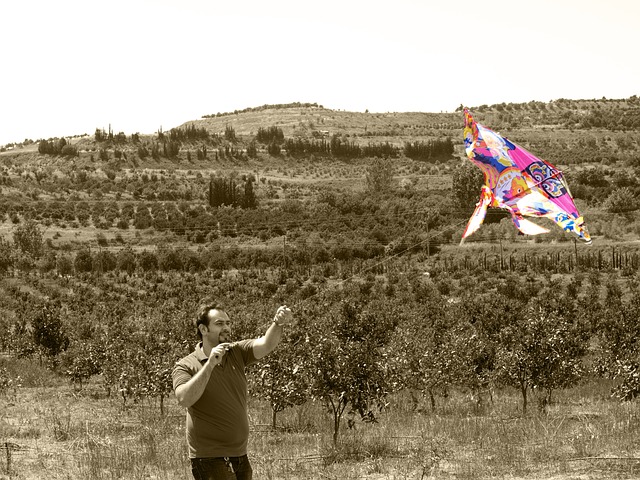Different Views on Discourse Structure
There are many Different Views on Discourse Structure and how discourse structure should be analyzed and categorized, but it all boils down to two basic camps: functionalism vs. formalism (also called neo-grammatical). Both approaches are necessary to get the full picture of the system as it currently stands, but it’s important to recognize the weaknesses of each to avoid common pitfalls in your own research and analysis (no matter which perspective you’re most comfortable with).
What is discourse structure?
Discourse structure is how information is arranged in a text. There are four basic types of discourse structures:
Narrative:
All but the narrative is used to convey knowledge or inform people about something. Narratives, on the other hand, are used to tell stories and impart emotional messages to readers.
Argumentative :
Argumentative texts usually have three parts that include an introduction, evidence, and a conclusion.
Descriptive
Descriptive texts use different methods such as imagery and figurative language to evoke certain feelings from readers.
procedural
Procedural texts explain how to do something.
The linguistic approach
The semantic content of a sentence consists of its formal elements, such as words and grammatical constructions. Semantic content also includes communicative intentions, which refer to the ideas that are expressed by the language. For example, communicative intentions can be based on whether the speaker is expressing objective statements or making an emotional expression.
It’s also possible for speakers to mix these intentions in a single utterance, for instance when a declarative sentence is given with affective emoticons like 🙂 or 🙁
Within discourse analysis, there are various approaches to structural analysis, but most analyses rely on linguistic tools.
The social approach

The discourse structure is a critical element in any interaction. For this reason, it is important to understand the discourse strategies of others and determine how those strategies are influencing the conversation. The social approach highlights conversational constraints imposed by situational factors, while the semantic approach emphasizes general principles that are universal.
Furthermore, people who gravitate towards particular approaches may have different world views, expectations, or desires for an interaction. Consequently, they use different sets of linguistic cues to signal these preferences and beliefs. Additionally, the social approach offers explanations for variations in sentence length, choice of pronouns, and other language features.
A new approach based on these two views (with examples)
There are two different ways discourse structure can be analyzed.
- Syntactically
- Semantically.
One of the main differences is how the information in a sentence can be viewed. The syntactic view of discourse structure views sentences as collections of words, phrases, and clauses with prepositions, conjunctions, and adverbs functioning as their connectors. In this type of analysis: a sentence would have only one level of constituents while in a semantic analysis sentences could have multiple levels depending on context.
The semantic analysis also takes into account that some elements of speech may not be made explicit because they are already understood to be in the mind of the speaker or listener (e.g., background knowledge). The following sentence taken from Stanfield’s Linguistics for English Majors has three levels in its discourse structure:
- We need to go shopping for groceries before we start cooking dinner.
- I think we should get strawberries, apples, bananas, cheese sticks, and chicken.
- If you want any other things let me know now so I don’t forget them.
- Remember if you need help with anything just ask me or tell me what you want to cook.
Discourse as products
Products are different from social discourse. Products are an object, while discourse is not. While the qualities of a product dictate its structure, qualities of discourse do not have any bearing on its structure. But at the same time, if the topic is broad enough, it would still likely be arranged like a product would be in order to cover all points thoroughly. Another way that this can be seen is through sentence length.
The sentence structures found in products tend to stay within one sentence for simplicity, but sentences that are found in discourses can vary and go off on tangents with no problem. One last thing that needs to be looked at when it comes to discourse as a product is audience size. Audience size doesn’t matter much for products because they’re only going to be purchased by one person, but for discourse, audiences can range from five people up to millions.
discourse as dialogue
Dialogue is a form of discourse that involves two or more parties. It’s where the process of communication begins and ends, as well as how each individual’s opinions and ideas are communicated. Dialogue should be a back-and-forth between people with one person talking at a time. However, in this blog post, the author does not always have an opinion about what he/she is writing about. If the author wants to keep this blog post going for another paragraph, he/she should speak about his/her thoughts in dialogue format.
That way, it will seem like he/she has an opinion about everything being said. The author would have four different paragraphs: The first one would be a summary of what they just wrote. The second paragraph would talk about their personal experience and what they think about the situation from a personal perspective. The third paragraph would discuss any arguments against their idea, before concluding in the fourth paragraph with an overall opinion about what was discussed in all four paragraphs.
discourse as a process
Discourse is a process of meanings negotiated in conversation. In order to generate a shared knowledge, we need to build our way up through the nested layers that comprise it, to be able to question how the next level down works and why it has been constructed this way. If we are really trying to understand what another person means by their utterance, then we have to look not just at the content but also at how they construct their discourse as a whole.
We can talk about different ways of constructing discourse: some theorists say that all sentences are either topic-comment or argument-response. Others say there’s more than one type of comment sentence or response sentence–or even more than one type of topic sentence!







